Over and above the risk management that we’ve put in place at Symbiosis Capital, there is an integral role that you, as an investor can play that will help tailor the outcome you’re looking to achieve. Aside from the investment itself, the key foundational part of investing success, the money management that goes along with the investment vehicle. In this short video, I’ll walk you through three core models, which you may consider deploying along with your Investment at Symbiosis. Before I continue, Please pause the video and read the short disclaimer.
In this video I’m providing education and it will be for yourself, your investor, who needs to make the decision and action the money management strategy. These models are for educational purposes only. They are not in any way advice and the numbers are representations to illustrate the education. They are not guarantees in any way. All scenarios in this video will be based on the hypothetical numbers using our medium risk reward option after fees. We are assuming the returns are the same every month. However, in reality, they are very rarely the same. The purpose of this video is not to give you a specific number or guarantees. It’s sole purpose is to demonstrate different strategies that you can deploy with managing your money to reduce risk based on your own situation.
Strategy one. Deposit full allocation and withdraw capital when doubled. Okay. So what you’re looking at here is the model that we use to demonstrate the simulations of the three different strategies. So I’ll walk you through the main numbers. I realize it could look a bit overwhelming, but there’s really only a few things that you need to look at to understand the principle of the three strategies.
So over here we have the running balance. Here is when we’ve deposited funds. Column J is where we’ve withdrawn some money from our trading account. And column L when it switches from red to green, that is the point at which the assumed risk is off the table. So with a medium risk reward option in Symbiosis Capital, we’re assuming a 30% max risk. That’s our cutoff point. If the account ever goes into 30% draw down, we need to stop trading and have a conversation with you and see what you would like to do. So the 30% is what we call our assumed risk.
Down here, what you can see is our assumed risk. It takes nine months. Why it switches from a red to green is at this point, we have built up enough profit that if there was a 30% draw down, the initial capital would not be at risk. It would just be the profits that have been accumulated. So it’s all about protecting the initial capital.
So with strategy one where we deposit all of our capital on day one, and then we let it accumulate and then we withdraw the initial capital once it’s doubled, would take approximately nine months to reach zero assumed risk and 18 months to withdraw our initial capital and still have the same amount of initial capital in the account.
Strategy two. Deposit full allocation and withdrawal all profits monthly. With strategy two, we’re depositing the same amount on day one, the same returns, the same assumed risk. And the only difference is we’re withdrawing all of the profits every month, instead of waiting for the profits to accumulate before withdrawing the whole initial capital. So the numbers look different. You can see that our months to assumed risk is only eight months as opposed to nine on strategy one. But you’ll see that our months to zero risk, meaning the point at which we’ve taken out our initial capital, is now 25 months instead of 18.
Strategy three. Deposit partial allocation based on your risk profile. Now the third strategy is very different in the allocated funds. So assuming we still have the same million dollars capital to allocate, what we’re going to do differently in this simulation is deposit just 50% on day one. Then what we’ll do is deposit more as profits accumulate. So the assumed risk is never more than 15% of the total capital. In the previous two simulations, we were depositing the full million dollars and the assumed risk was 30% In this simulation, we have the same million dollars to allocate, but we’re only allocating 500,000 on day one, which means, our assumed the risk becomes $150,000, which is 15% of the million dollars.
So this simulation looks at only adding the rest of the allocated capital while profits have been accumulated to offset the assumed risk. So the assumed risk never goes over $150,000. And then we continue to deposit until which point we’ve deposited the full allocation and then we start withdrawing 100% of the profits every month. It takes us seven months to fully allocate the initial million dollars. It takes 10 months to offset the assumed risk instead of eight or nine in the previous two strategies. And months to zero risk, at the point where we withdraw our initial capital, it was 28 months. So once again, it takes longer to remove the entire risk. However, our maximum exposure at any point in time is about half that, of what the previous two strategies have. So it’s a balancing act between the time the investment is at risk and the amount that is at risk.
In summary, the three core ways to manage risk. Number one was to deposit the full allocation and withdraw capital when doubled. The pros of this is the capital should compound faster, which would could result in the initial capital being de-risked sooner. The cons are larger portion of the allocated capital is at risk compared to other strategies.
Strategy two, deposit the full allocation and withdraw all profits monthly. The pros of this is the potential for regular cash flow and the cons are there’s no compounding so it’s slower de-risk than strategy. Strategy three was deposit partial allocation based on your risk profile. The pros are lower risk on the total allocated capital. The cons are lower return on the total allocated capital because you’re not getting the compounding effect and it’s slower to de-risk.
I hope you’ve enjoyed this video. I’ll see you in the next one.


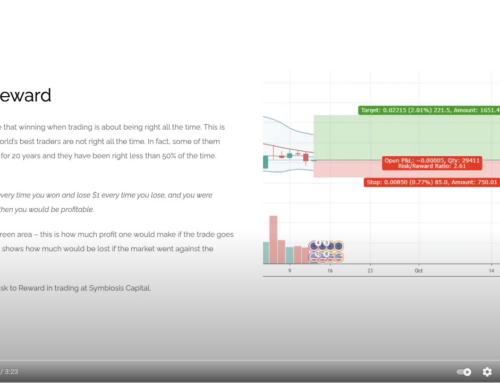
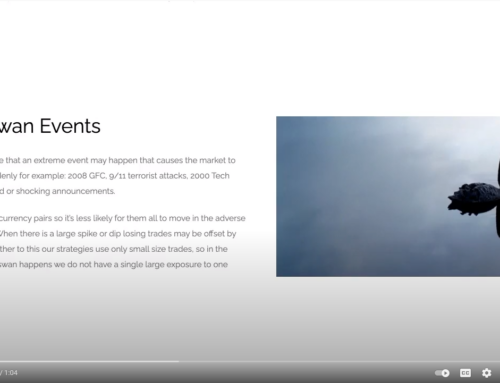
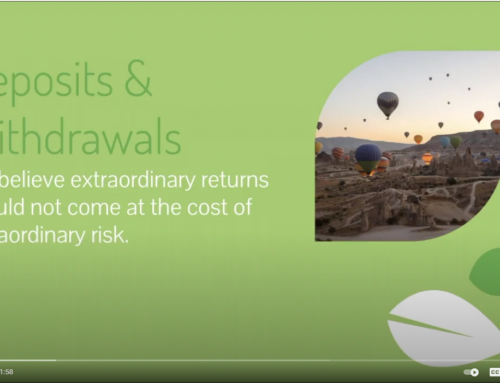
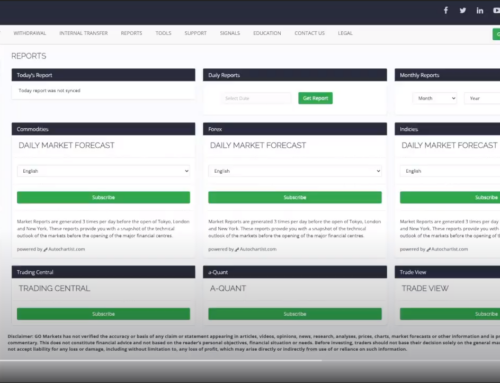
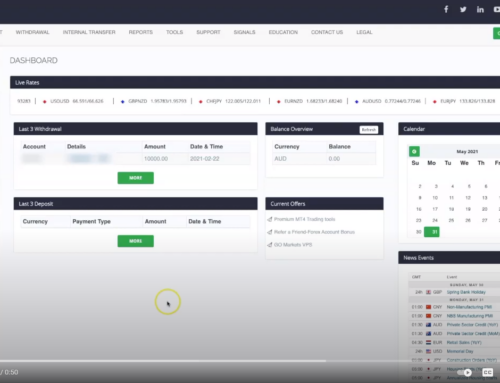
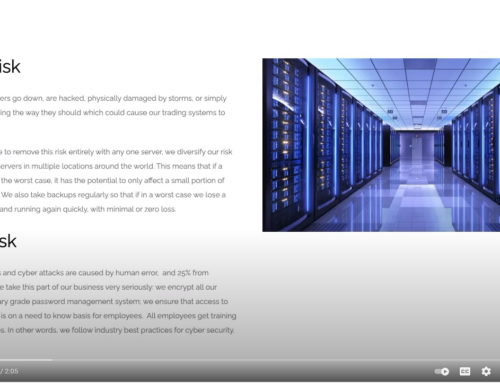
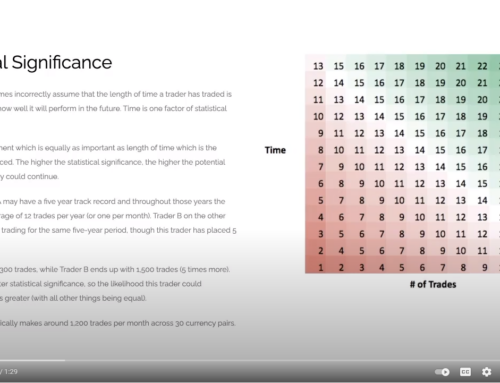
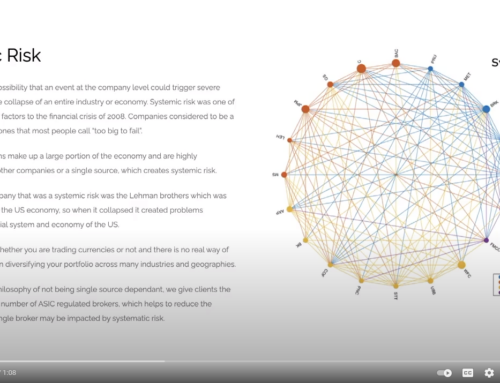
Leave A Comment